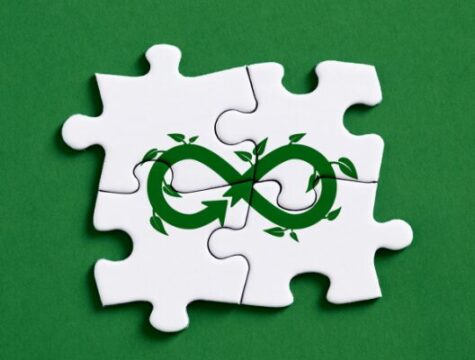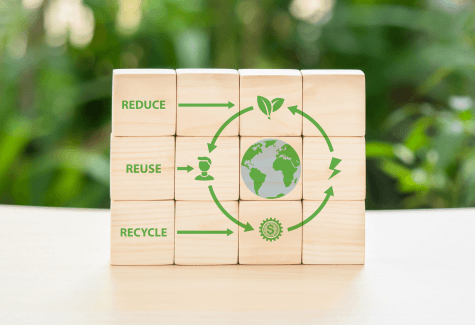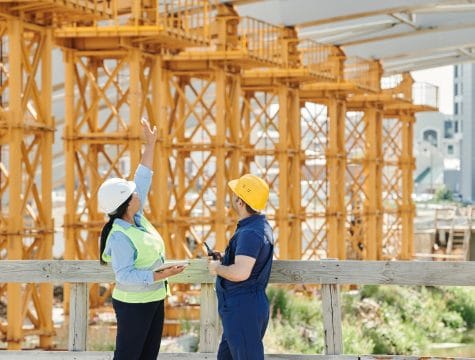Most of us are aware of the detrimental effects that pollution has when it enters our rivers, waterways, lakes and oceans. We have seen the devastating causes of our man-made pollution: beached whales unable to digest food like the one found in Scotland in 2019 with 100kg of trash in its belly; the fact 90% of seabirds having eaten plastic; the pictures of turtles with plastic wrapped around their knecks; the horror stories are endless. “More than 8 million tons of plastic ends up in the ocean every year” (World Economic Forum, 2018).
The World Wide Fund for Nature (WFF) published in 2019, that people could be consuming 200mg of microplastic, the same as one credit card, each week through their food and water. As the majority of waste from our oceans comes from rivers and around 322 million tons of plastic are produced and consumed worldwide every year, with over 12 million tons coming from Germany alone (Clean River Project), this is clearly an issue created by us all.
Berlin is a city with a lot of water, The Senate Department for Environment, Transport and Climate Protection has found that “if you take all the areas that water forms within the city together, then it is at least 6.6% of Berlin’s total area with an impressive 58.9 km²”. Berlin relies on its water ecosystems with the Havel, Spree and Dahme flowing through Berlin and eventually connecting it to the Sea. One of the many reasons so many of us live in this wonderful city, is because of how close we are to nature and the fact we can have a vast amount of lakes and bathing areas available to us. So many of us constantly benefit from these spaces, but undoubtedly affect them also. How can we help protect these areas and not interrupt nature’s balance?
What can citizens of Berlin do about this pollution problem, what local actions can be taken? The Danish NGO GreenKayak are on a mission to clean up our waterways by offering free Kayak rentals to people in exchange of them collecting trash and posting their experience on social media using #Greenkayak. The kayaks are accessible from three different locations in Berlin:
- Backstagetourism Kanustation, 12459;
- Mellowpark, 12459;
- WhatSUPberlin, 13595.
On a sunny Sunday in September I went to try out a GreenKayak at the WhatSUPberlin location at Scharfe Lanke On a sunny Sunday in September I went to try out a GreenKayak at the WhatSUPberlin location at Scharfe Lanke with a friend, to see what we could find. After being leant a waterproof bag to keep our items dry and a waterproof phone case so that we could take lots of pictures, we got onto our Kayak. In the Kayak with us we had two litter pickers and a big green bucket to put the trash we would collect in. We then headed on our way and made sure to stick close to the shoreline as this is where trash is most likely to collect, due to currents pushing waste into the plants, reeds and banks.
At the beginning we soaked up the views around us: the beautiful sailing boats of all sizes; people on motorboats zooming about; ducks and storks swimming in the water; and the luxurious waterside houses we paddled past. The views were so beautiful that we almost forgot about our mission. However, as we neared a patch of long reeds we started to find what we had come here to do: collect trash! Sadly we ended up collecting a lot more trash then I had thought we would. In the end we paddled for an hour and a half and within this time we collected just under 6 kgs of waste. What we found: a lighter, plastic packets of seasoning, a pack of tissues, a frisbee, three tennis balls, a plastic water bottle, a plastic detergent bottle, plastic debris from boats, wooden planks, a plastic reel for rope and a big blow up pillow that must have blown off a boat. As we headed back to shore we felt like champions, having saved the lake from so many pieces of waste, some bits so moulded that they must have been floating there for a long time.
With mixed emotions we discussed our experience, elated in having saved the lake from the debris and buzzing off the new experience we had kayaking together and exploring another part of Berlin. It reminded us of what work With mixed emotions we discussed our experience, elated in having saved the lake from the debris and buzzing off the new experience we had kayaking together and exploring another part of Berlin. It reminded us though of what work there is still to be done: the need for educating all citizens about waste and where it goes; the need to challenge corporations and businesses in what they produce and what resources they use to do this; the need of supporting local organisations and NGO’s creating change; and for us all to take some agency ourselves and to modify and reassess our consumption habits. The items we found were not the direct result of people throwing packaging or old items into the river. Debris and items collect in our rivers from a variety of different places that are not always clear to follow, what is clear however is that there is way too much single-use packaging ending up in our rivers. So, how do we stop this?
I often get frustrated that issues such as plastic pollution are ultimately narrowed down to the individual, by telling the consumer that it is their decision on what they buy, and saying that they are the ones that can stop this pollution problem through their own consumption habits. Our consumption habits are important, yes, and making sure we do not buy single use materials is very important. However, I believe the biggest differences we as individuals can make, is by putting pressure on local businesses who still decide to produce and use unsustainable packaging and products and by supporting local organisations who are trying to create real systemic change and tackle the underlying problems that cause these pollution issues. We need to force businesses to change their practices, by reimagining and restating what products should be made from and how our materials should be produced. One way to do this is by supporting organisations like Circular Berlin or any other organisations, who are rethinking the way the system currently functions, by presenting real solutions like implementing Circular Economy principles. Rethinking not only how we consume ourselves and contribute, but knowing who we can support in order to create pressure to make long lasting change, is key to tackling this pollution problem.


To make a small change today and become part of the solution I would recommend everyone to try a cleanup with GreenKayak. It is a great initiative, enabling people to have a fun adventure together and make a small change locally to keep our beautiful Berlin waters clear and clean. Book a GreenKayak and have this incredible firsthand experience yourself, you will have an adventure with a friend, get some exercise, try a fun new activity and best of all make a small difference and take local action to fight plastic pollution in our waterways!
Blog post is prepared by Jessamy Hardie.




